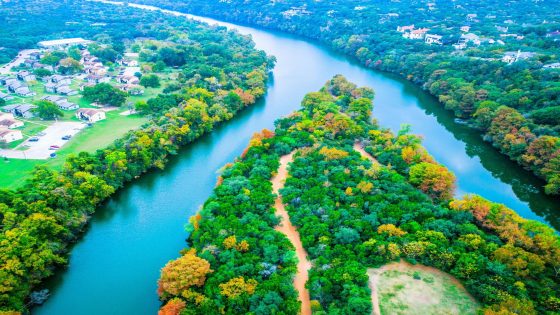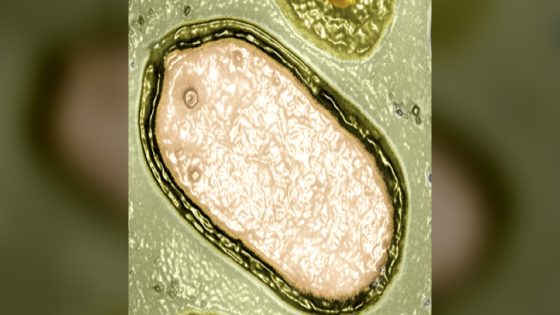Rivers shape life on Earth, delivering vital resources and influencing ecosystems. Recent research sheds light on why some rivers meander while others split into multiple channels, a question that has puzzled scientists for over a century. On July 17, 2025, findings from the University of California, Santa Barbara, revealed that the balance between erosion and sediment deposition determines a river’s structure.
- Rivers deliver water and nutrients globally.
- Research identifies causes of river splitting.
- Erosion outpaces deposition in multi-threaded rivers.
- Restoration requires understanding channel behavior.
- Floodplain disconnection disrupts ecosystems and increases flooding.
- Future studies will explore river behavior changes.
In their study, scientists analyzed 36 years of satellite data from 84 rivers worldwide. They discovered that rivers develop multiple channels when erosion outpaces sediment deposition on the banks, leading to widening and eventual splitting. This breakthrough not only clarifies a long-standing debate but also enhances our understanding of flood risks and river restoration.
This research prompts US to ask: How can we better manage river systems? Understanding the dynamics of river behavior is crucial for effective environmental planning. Key insights include:
- Single-threaded rivers maintain a balance between erosion and deposition.
- Multi-threaded rivers experience more erosion, leading to channel splitting.
- Restoration projects may require different approaches based on river type.
- Environmental factors influence the erosion-deposition balance.
As researchers continue to explore river behaviors and their implications, we can look forward to innovative approaches in managing waterways and restoring ecosystems to their natural states.

































